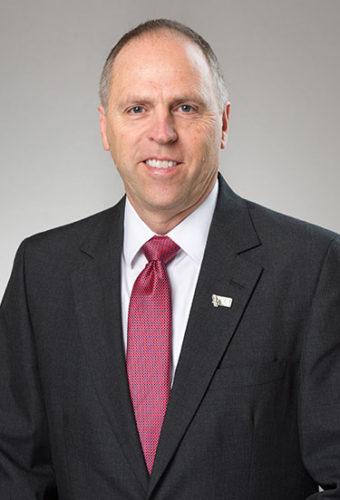Direct primary care agreements are a fee-for-service contract between health care providers and patients, and are meant to cover preventive, routine or preliminary office visits. Primary care clinics are independent doctors’ offices that do not accept insurance or bill third parties. There have been several of these arrangements made available to consumers in Montana during the last six months. The most recent is Dr. Cara Harrop, who will open a clinic in Polson.
Patients at her clinic will pay a “membership fee” of $75 per month for an adult to gain unlimited access to preventive care, medical diagnoses, common cold treatments, physicals and even some minor surgical procedures. This monthly rate is possible because of the reduction in administrative costs for billing, overhead and the profit the insurance company takes off the top.
You might ask: why haven’t these types of arrangements been available to Montana consumers until now? Twice, the Legislature has passed a bill allowing for direct primary care clinics. In 2015 then state Sen. Matt Rosendale was able to get a bill through the legislative process allowing direct primary care. Every Democrat (including state Rep. Kathleen Williams, who is now running for Congress) voted against it, and when it passed with the Republican majority, the governor took out his veto pen.
Gov. Steve Bullock wrote in his veto explanation that the “plans offer little or no added value to most consumers” and “charge fees for treatments already covered by a consumer’s health insurance, such as preventative care that insurance covers at no out-of-pocket cost to the consumer.” This is out of touch with the reality of high-deductible Affordable Care Act plans.
Health insurance covers your annual physical, but it does not cover your doctor visits for many other common conditions unless you have met your deductible. Maybe the governor should ask Montanans outside of the Capitol how high their deductibles have become. Under the state employee plan, the governor does pays little to nothing for doctor visits, especially if he goes to the state clinic in Helena that requires no copay for a visit and, ironically, has a contract with the state that is essentially a direct primary care agreement covering all state employees. Some legislators also benefit from this arrangement, but I have refused the coverage and use the same-high deductible Affordable Care Act plan that I provide to my employees in my business.
In March 2017, the Legislature again passed a bill allowing direct primary care, this time with the support of nine Democrats. Bullock again vetoed the bill.
Then in December 2017, Matt Rosendale, now the sitting commissioner of insurance, determined that the business of providing primary care does not fall under the business of insurance. With a simple advisory memo, Commissioner Rosendale authorized the use of primary care agreements, giving Montanans more options to meet their health care needs.
While Governor Bullock and Democrats fight for more insurance mandates and unsustainable increases in subsidized and socialized health care, Republicans are committed to implementing innovative, cost-cutting measures to reduce health care costs while ensuring consumer choice and top-notch care.
By: Representative Greg Hertz, Speaker Pro Tem of the Montana House of Representatives

